With the aim of discouraging the use of the private car and reducing gasoline consumption, the Government expands the intercity transport network with 66 buses and doubles the frequencies of the train.
On the one hand, as of Friday, April 8, the trunk lines between the areas with the highest demand and Palma will be reinforced in the bus service with high frequencies of passage in the central hours of the day. The offer for workers in the tourist areas and coastal areas of Calvià, Alcúdia Bay, Levante coast, Cala Rajada and Vall de Sóller is also reinforced, with an urban service with high frequencies for local trips by workers and visitors. . In addition, three of the four Aerotib lines are launched with the addition of stops on demand at Es Pont de Inca Nou and Sa Pobla.
This means that as of Friday ten more lines will be activated within the TIB bus network, going from the current 52 to 62. And twenty of them will extend the service. This means that 66 more buses will circulate between the towns of Mallorca starting this month. An increase in service that will involve the incorporation of 161 drivers.
More trains at rush hour
On the other hand, the rail service will also be reinforced from April 29, with more frequencies at rush hour. There will be a train every ten minutes between Palma, Marratxí and Inca, doubling the current frequency, which is twenty minutes.
In addition, users will have a train every forty minutes from Manacor and Sa Pobla, when at the moment they have a frequency of one hour. The new frequencies will apply in both directions and from Monday to Friday.
The Minister of Mobility and Housing, Josep Marí, accompanied by the Director of Mobility and Land Transport, Jaume Mateu, explained that “we are launching an ambitious plan to reinforce public transport in Mallorca, reinforcing connections, increasing frequencies and putting more buses on circulation, at the same time that we will double the frequencies of the trains at rush hour. And to this commitment to increase services is added the effort to maintain the rates of this public transport, so that it is the Administration and not the users who assume the increase in energy costs for trains and buses”.
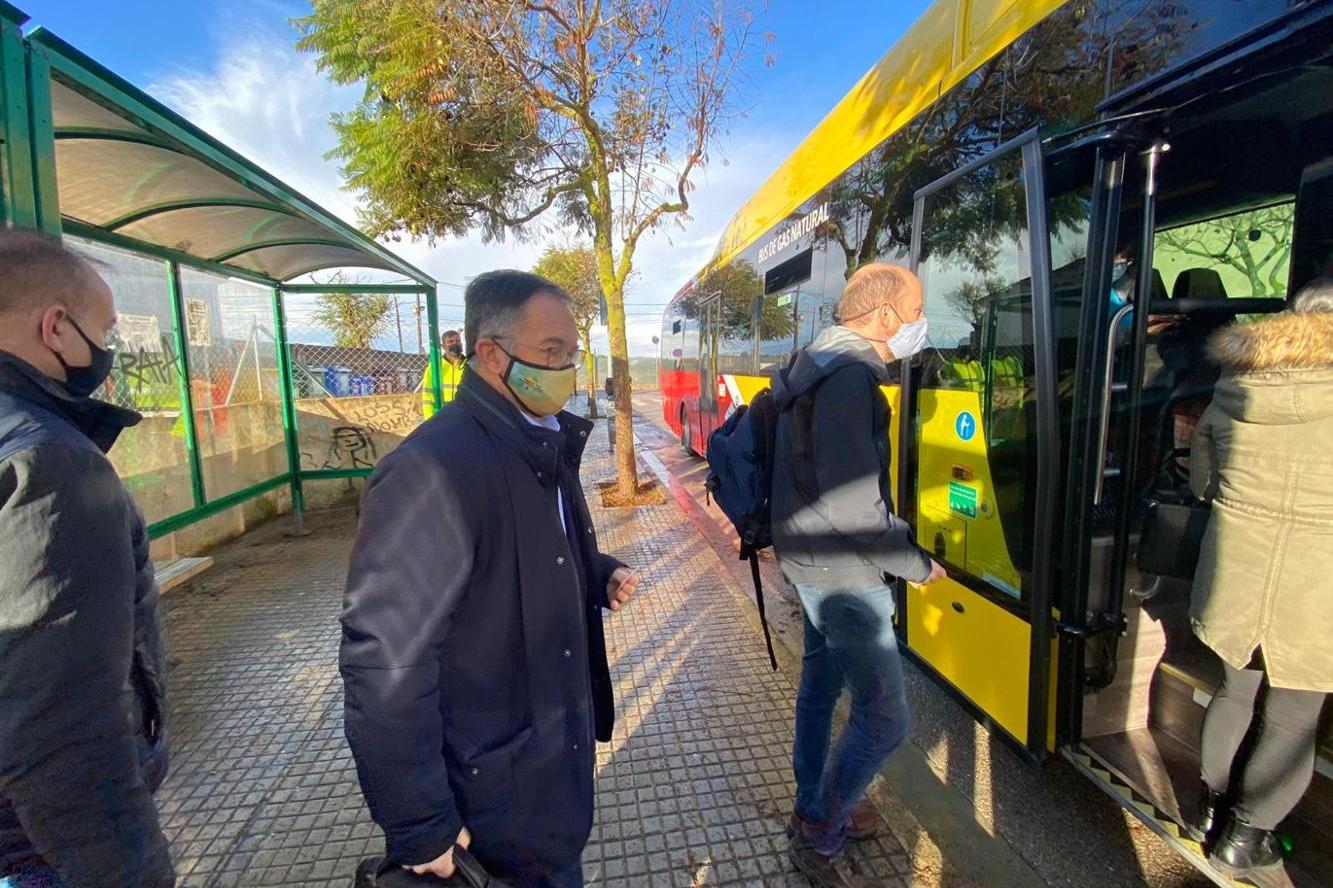
Passengers board an intercity bus. Photo: Goib.

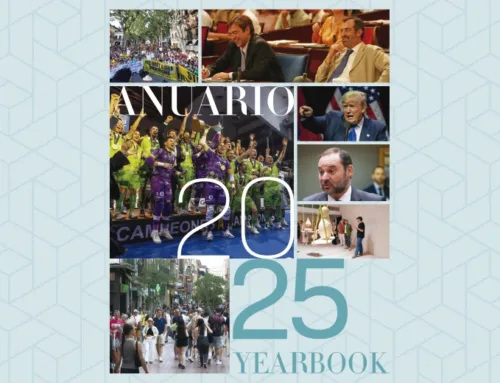
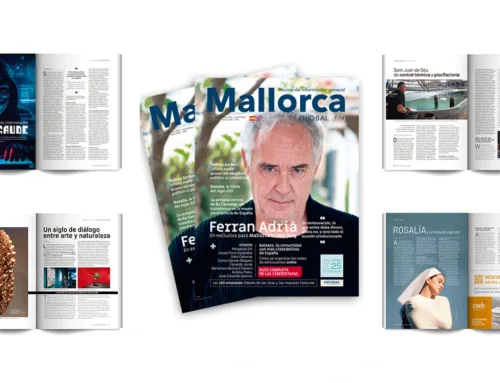
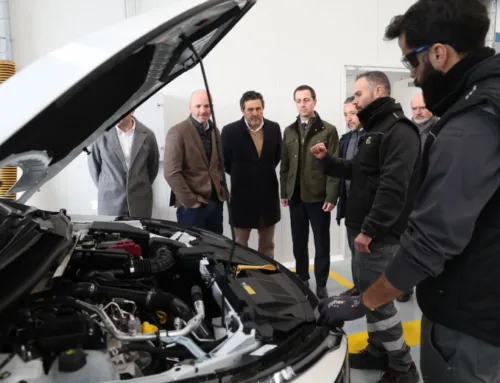

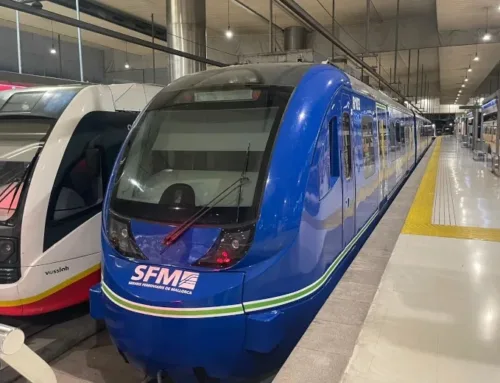

Leave A Comment